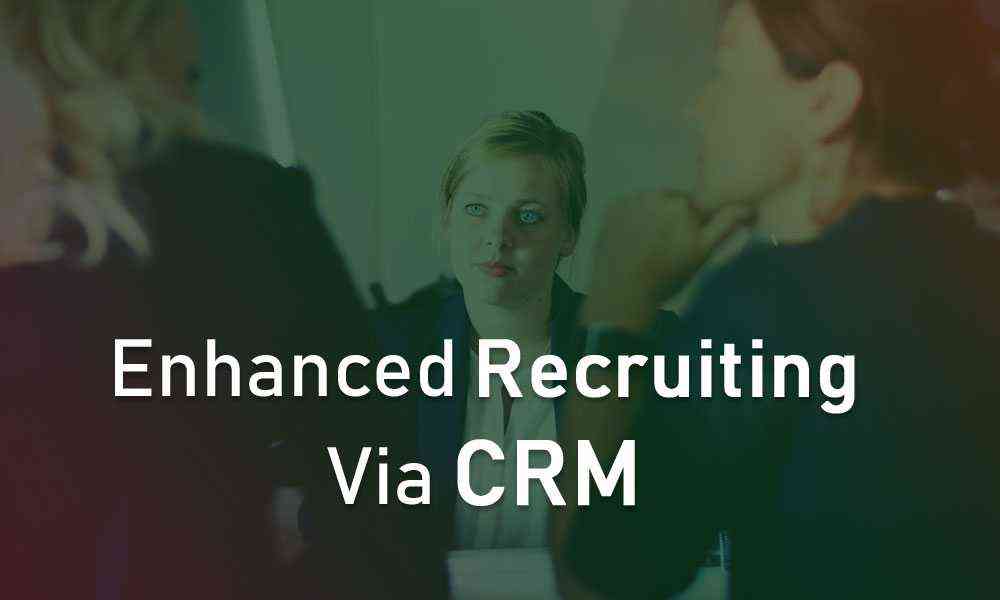There is considerable confusion around sourcing tools and technology—which tools are needed and when. This is particularly apparent with CRM systems and an ATS (applicant tracking system). Most people who have ATS do not think that they need a CRM system. Even in cases  when they see the need for both, they end up with different systems.ATS are designed to manage individual talent for a particular position and account for where they are within the hiring process. An ATS’ primary function is to provide a central location and database for a company’s recruitment efforts and to better assist management of resumes and applicant information. Data is either collected from internal applications via the ATS front-end, located on the company website, or is extracted from applicants who are on job boards.
when they see the need for both, they end up with different systems.ATS are designed to manage individual talent for a particular position and account for where they are within the hiring process. An ATS’ primary function is to provide a central location and database for a company’s recruitment efforts and to better assist management of resumes and applicant information. Data is either collected from internal applications via the ATS front-end, located on the company website, or is extracted from applicants who are on job boards.
The data entered in ATS is largely considered as administrative data that supports process workflow but is rarely leveraged for analytics and reporting. The systems don’t measure engagement and give end users no quick way of seeing how active or engaged a client or candidate might be.
Instead, candidate activity is limited to formal interactions versus additional engagement, information and insights on the candidate and their interaction with the company and/or recruiter. Similarly, talent organizations have no standardized or centralized way to measure or monitor recruiting relationships. After screening resumes, there is no way of figuring out what they want to do as opposed to what they’ve already done. ATS are not a CRM if the system stores data that’s almost completely reliant on just resumes with little to connect the dots.
CRM systems on the other hand help companies manage and analyze customer interactions and data throughout the customer lifecycle, with the goal of improving relationships with customers and assisting in customer retention while driving sales growth. CRM systems are designed to compile information on customers across different channels — or points of contact between the customer and the company — which could include the company’s website, telephone, live chat, direct mail, marketing materials, and more.
Recruiting companies have two sets of customers – clients who require resources and candidates who are in need of jobs. A recruiting system helps match the requirements of these two sets of customers. To help companies improve performance of this task, a system should
- Capture interaction between clients and candidates
- Be able to analyze hiring and skills patterns of clients
- Help understand which skills are hot in demand, and those that are not
- Prepare candidates to align better with client requirements
Neither ATS nor CRM system by themselves address these needs. But CRM systems are designed to easily add custom features and integrate with other systems and provide an ideal platform to extend them to incorporate applicant management. That is the case with Savantis’s industry-specific solution when uniquely combined with SugarCRM software. The result is enhanced recruiting that serves the needs of the employer and prospective employee.

